Want to motivate more people to do business with you? Wondering how to deliver a message people can't ignore?
In this article, you'll learn how to become so irresistible to prospects and customers that they can't help but engage with or buy from you.
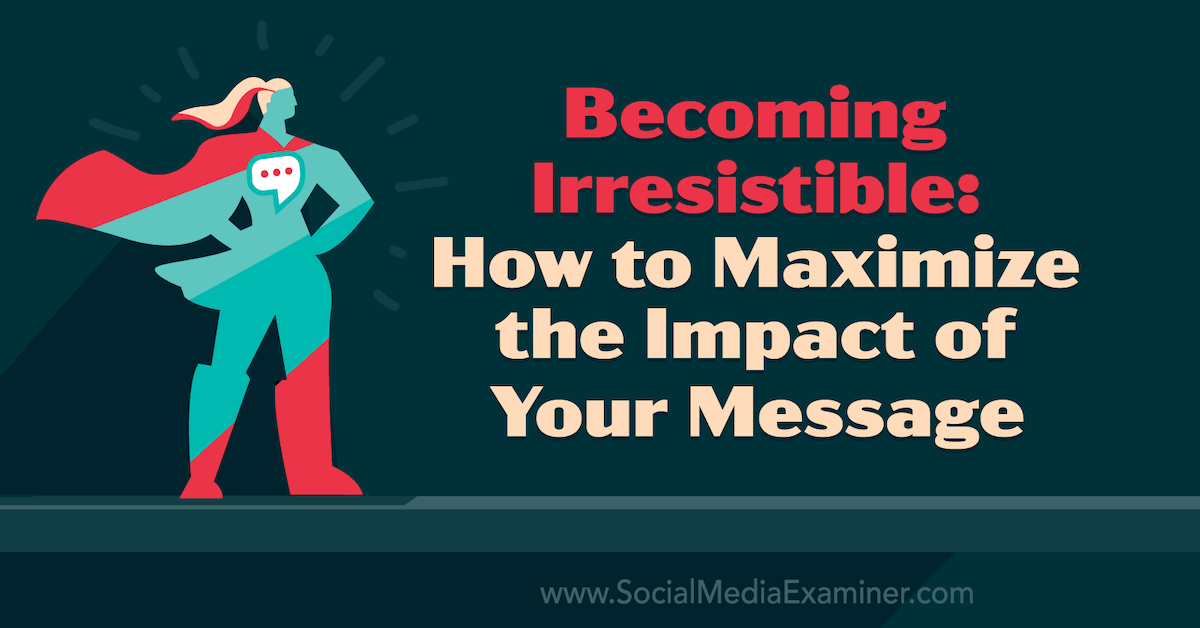
Why Understanding Your Customer's Motivation Is so Important
Oddly enough, when asked about who their ideal customer is, a lot of marketers and businesses begin describing who they wish their customer was, rather than the customer they're already talking to. And they have an idea about what that customer needs but they don't really have much of an idea about what motivates that customer to take action.
And of course, it's not the customer's needs that compel them to take action, but rather their motivation.
Fundamentally, the decision to act is based on our ability to convince ourselves to act: our motivation. We may justify the cost of a new tool, rationalize implementing a new strategy, or weigh the pros and cons of a particular direction. But in the end, each one of those activities helps us to convince ourselves to take that action.
Your customers and prospects are doing the same thing. As soon as they see an offer put before them, they start either convincing themselves to take action on that offer or talking themselves out of taking action on it. So, as marketers, rather than putting so much focus on a customer's needs, we should be focusing on how we can get people to convince themselves to take that action.

People can be motivated in two ways: intrinsically or extrinsically. Extrinsic motivation is through an outside force such as money, accolades, or recognition. Intrinsic motivations are innate to a person's character such as pride in accomplishment.
Many times, however, consumers aren't in the mindset to change something about themselves, even when they come across a great offer. Therefore, it's often up to you to help people learn to think differently. Tapping into consumers' intrinsic motivational pulls and thinking about what they're telling you they want rather than pushing offers you feel they need are the best ways to help people change the way they think.
The biggest leaps start from the surest ground. In other words, if you want consumers to take action on your offer, you first have to help those consumers convince themselves that it's something they want and they can and should act on it. It's not a matter of you convincing them.
What You Can Say to Consumers to Compel Them to Act
At their core, most people want to feel smart, capable, and good. Every decision they make is geared toward achieving one of these three states of mind. So no matter what people do, even if the outcome of the behavior or the behavior itself is negative, there's usually some positive reason they're doing it.
If you start from the understanding that people are going to be motivated to act from that desire to see themselves (or to be seen by others) as being smart, capable, and good, it becomes clear that some marketing messages are backward. Businesses are often trying to convince consumers to take action by pointing out that what they're currently doing is bad for them.
If you're a weight loss company, you might try to convince someone to change the way they eat because they like to eat unhealthy foods or binge desserts on occasion. Although the behavior itself—eating unhealthy foods—isn't a positive action and doesn't often lead to a positive outcome, the intention that motivates that behavior is positive. People want to eat food they like, that brings them comfort and makes them feel good.
When you come in and tell your audience that the things they want to do are bad for them, that audience is less likely to convince themselves to follow that advice and change their lifestyle.
Get World-Class Marketing Training — All Year Long!
Are you facing doubt, uncertainty, or overwhelm? The Social Media Marketing Society can help.
Each month, you’ll receive training from trusted marketing experts, covering everything from AI to organic social marketing. When you join, you’ll also get immediate access to:
- A library of 100+ marketing trainings
- A community of like-minded marketers
- Monthly online community meetups
- Relevant news and trends updates
On the other hand, if people already understand that unhealthy eating is bad and you're able to validate the positive feelings behind the unhealthy eating—by zeroing in on how someone can feel just as comforted or good eating healthy foods—then people are much more likely to convince themselves to follow you.
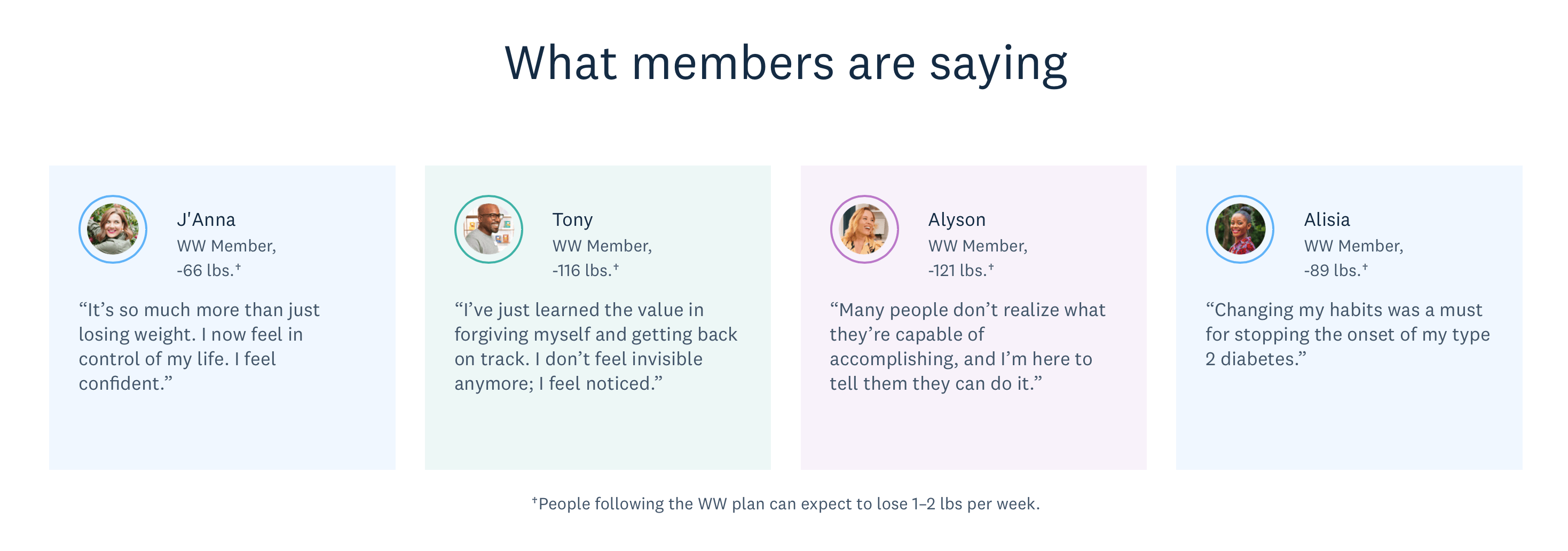
As marketers, we tend to focus on the problem and sometimes we even make that problem seem bigger than it is by agitating so we can present a solution. However, sometimes this approach can backfire, especially when that solution requires the customer to make a long-term commitment or change their lifestyle or eating habits.
Rather than focusing on the problems or pain points of consumers, it can be much more effective to touch on their current beliefs. Build on what people already want. One of the big advantages of focusing on those current beliefs is that it helps your audience feel smart, capable, and good for already wanting it. Additionally, they're inherently curious about your answer, which means that you're immediately relevant to them.
Not only that, but by anchoring to something your audience already believes, you're saving yourself a lot of mental effort. It takes a lot of time and resources to create a demand or try to convince someone to believe what you know to be true. By meeting your customers where they are—focusing on what they already believe and tying those beliefs to your solutions—you don't have to convince them of anything. They'll convince themselves.
A good example of this is the DeBeers “A Diamond Is Forever” tagline, which dates back to 1947. At that time, engagement rings weren't common and diamond engagement rings were even less so. DeBeers anchored their approach in what people who were getting married already wanted: the best symbol of the commitment they were about to make.
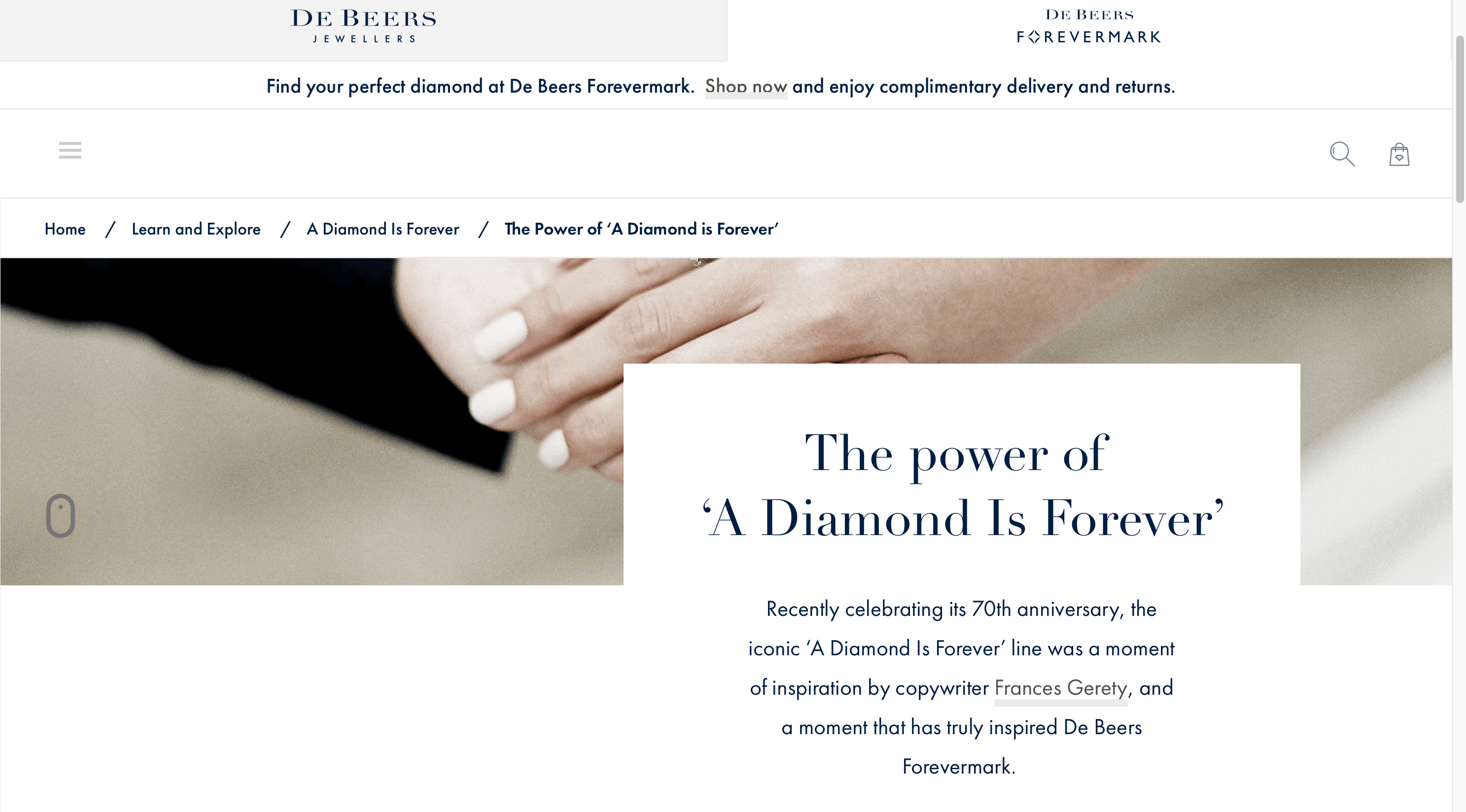
Here's a framework you can follow to start delivering messages people can't ignore.
#1: Zero in on Who You're Talking to
The first key to crafting your message is understanding exactly who you're talking to. Your idea may be your product, service, or business, but your message is how you deliver that idea to someone in your audience. Therefore, the message may be adjusted from one audience to the next. This is where you start to put together your audience personas.
As mentioned earlier, a lot of marketers put together their customer personas by thinking about who they want as customers, rather than thinking about who their customers already are. When you can focus on who your customers already are, you can begin answering questions about what they want, what they're telling you, and what they're saying.

Discover Proven Marketing Strategies and Tips
Want to go even deeper with your marketing? Check out the Social Media Marketing Podcast! Publishing weekly since 2012, the Social Media Marketing Podcast helps you navigate the constantly changing marketing jungle, with expert interviews from marketing pros.
But don’t let the name fool you. This show is about a lot more than just social media marketing. With over 600 episodes and millions of downloads each year, this show has been a trusted source for marketers for well over a decade.
#2: Understand What Your Audience Wants
When we talk about what your audience wants, we're really talking about what goals they're trying to achieve. What's the problem they're trying to solve or a need they're trying to meet?
This may not be overly complicated. It might be a simple answer such as making more money, saving time, or managing their email inbox.
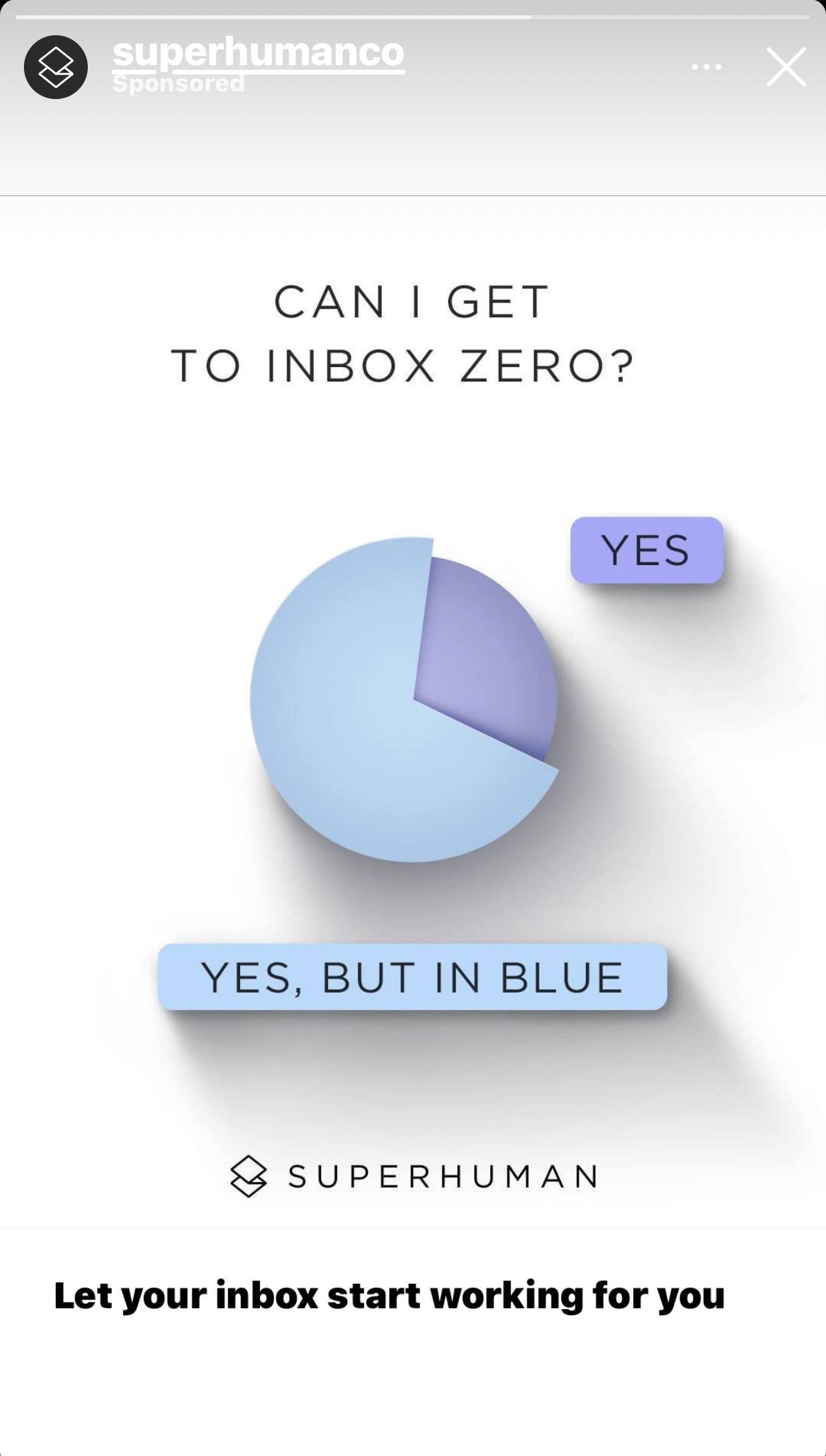
#3: Identify What Your Audience Must Value to Be Open to Your Offer
Another consideration as you're delivering your message to your audience is what value they need to hold to be open to your offer. This is a shared value that you'd see as being important for your offer to work.
For example, let's say you sell team efficiency services and someone has hired you to review their team processes. Sometimes, companies in need of your services will care more about their team's productivity than they do about the team's well-being. Is care for their well-being a value that makes your services suitable?
Someone who delivers team efficiency while focusing on productivity likely has a very different solution than someone who's working on efficiency but prioritizing the team's well-being. So if that company doesn't hold the same shared values, they're not necessarily going to be open to your solution.
#4: Know the Specific Answer Your Audience Is Looking for
You also want to think about the specific struggle your audience is looking to overcome. What's the specific need they're looking to solve? In other words, what are they googling to try to find? What answers or referrals are they asking their friends and colleagues about?
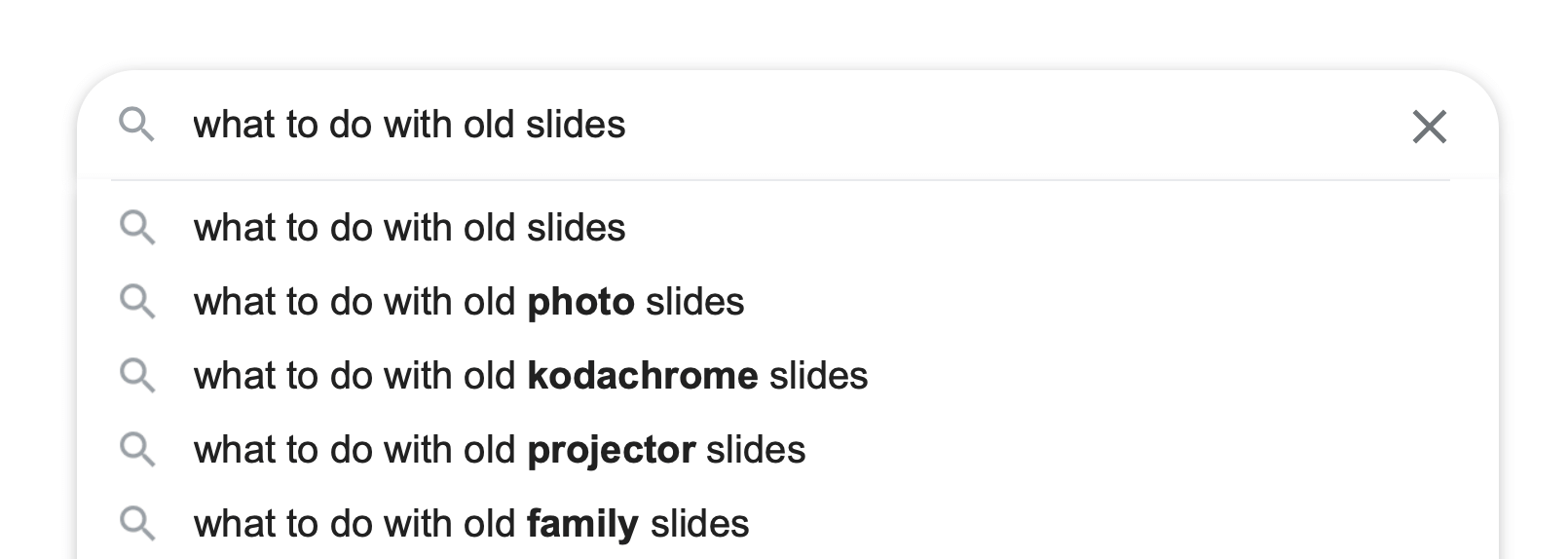
This is the step that a lot of marketers already have well in hand. They already know the problem they solve and the question they answer. But you need to take it a step further and think about how your audience searches for the answer through the lens of what they need.
#5: Start Changing Customers' Perspectives
And finally, once you know exactly who you're talking to and what they want to hear from you, you can begin to craft your messages in a way that helps them start making those tiny adjustments to their perspective.
This is where you sometimes have to perform a bit of tightrope-walking because you have to help your audience understand that what they've been doing—the reason they've been struggling to answer their question. But at the same time, if you want to be effective, you have to do this without making them feel as though what they're doing makes them not smart, capable, or good.

You don't want to come out and tell someone that they've been making all of these mistakes because that won't make them feel good and they won't follow you. A lot of this has to do with the fact that so many people today tie their very identity into what they do; therefore, when you tell them that what they're doing is wrong or bad, it's the same as telling them who they are or what they believe is wrong or bad. And you can lose them right there.
Keeping these points in mind and understanding that people want to feel smart, capable, and good, most people do want to be seen as open minded. Therefore, one way to present a new perspective without invalidating the old perspective is to say something along the lines of “most [audience members] focus on X more than on Y.”
For example, saying “Most small business owners focus on revenue more than on profitability” might be one way to help small business owners shift their perspective away from revenue and over to profitability without invalidating their original focus on that revenue.
Tamsen Webster is a message strategist who helps founders and experts gain more attention and make a larger impact. She's the author of Find Your Red Thread: Make Your Big Ideas Irresistible and her mastermind is called the Red Thread Mastermind. Connect with Tamsen on Twitter at @tamadear.
Other Notes From This Episode
- Episode sponsored by ManyChat. Visit ManyChat.com/sme for FREE 30-day access to ManyChat's full-featured Pro account!
- Meet Tagger—the leading end-to-end influencer marketing and social listening platform. View demo at TaggerMedia.com/sme.
- Download the worksheet Tamsen mentioned at conversationalcase.com.
- Learn more about Social Media Marketing World 2022 at SocialMediaMarketingWorld.info.
- Connect with Michael Stelzner at @Stelzner on Instagram.
- Watch exclusive content and original videos from Social Media Examiner on YouTube.
- Tune into our weekly Social Media Marketing Talk Show. Watch live on Fridays at noon Pacific on YouTube. Listen to the replay on Apple Podcasts or Google Podcasts.
Listen to the Podcast Now
This article is sourced from the Social Media Marketing Podcast, a top marketing podcast. Listen or subscribe below.
Where to subscribe: Apple Podcasts | Spotify | YouTube Music | YouTube | Amazon Music | RSS
❇️ Help Us Spread the Word! Please let your Twitter followers know about this podcast. Simply click here now to post a tweet.
✋🏽 If you enjoyed this episode of the Social Media Marketing podcast, please head over to Apple Podcasts, leave a rating, write a review, and subscribe.
Attention Agency Owners, Brand Marketers, and Consultants

Introducing the Marketing Agency Show–our newest podcast designed to explore the struggles of agency marketers.
Join show host and agency owner, Brooke Sellas, as she interviews agency marketers and digs deep into their biggest challenges. Explore topics like navigating rough economic times, leveraging AI, service diversification, client acquisition, and much more.
Just pull up your favorite podcast app, search for Marketing Agency Show and start listening. Or click the button below for more information.

